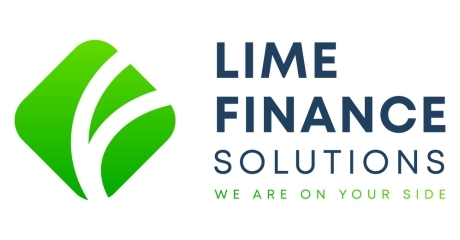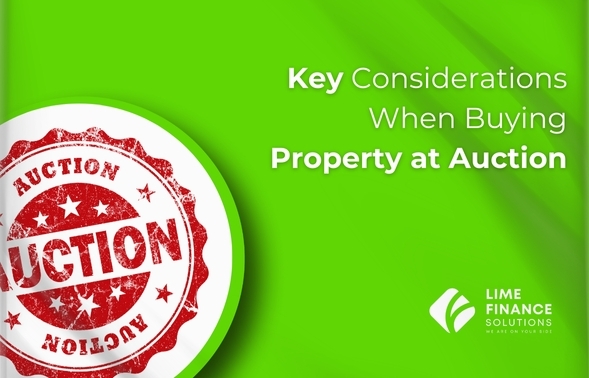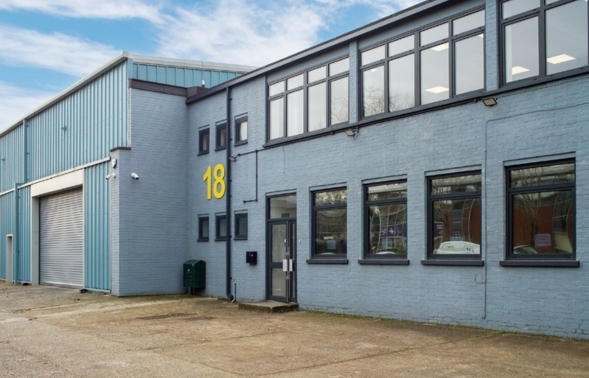Key Changes to Commonhold and Leasehold Properties in England
As an outright ban on new leasehold properties moves closer, it is worth exploring the concept of a ‘Commonhold’ property. It is also important to consider what lenders may think of them.
The BBC reported on the changes within the Government new white paper on home ownership. What will surprise many is that there is such a thing as ‘commonhold’ and that it has been around for almost 25 years.
What is a Commonhold property?
A commonhold property in England is a form of property ownership that allows individual homeowners to own their flats or units within a building while collectively managing the shared areas, such as hallways, roofs, and gardens.
It is an alternative to the leasehold system, which typically involves a landlord (freeholder) owning the property and granting leases to residents.
Key Features of Commonhold
- Flat Ownership – Each unit owner holds the freehold of their own property indefinitely (unlike leasehold, which has a time limit).
- Commonhold Association – A company owned and operated by the unit owners is responsible for managing and maintaining shared areas.
- No Ground Rent – Unlike leasehold properties, commonhold owners do not pay ground rent or deal with a freeholder.
- Greater Control – Owners collectively make decisions about maintenance and costs rather than relying on a landlord.
Why is it Rare?
Despite being introduced in 2002 under the Commonhold and Leasehold Reform Act, commonhold properties are very rare in England and Wales. Most developers and mortgage lenders prefer the traditional leasehold model, which remains dominant.

Since Introduction
Since its introduction in 2002, leasehold ownership remains by far the biggest ownership model for flats.

In Europe
In Europe the UK model of leasehold ownership is often considered unusual with commonhold a larger proportion of the total

By Volume
Compared to the total number of potential commonhold properties, the level at present remains minute but could be set to skyrocket
What do lenders think of commonhold properties?
Like any property sector, once lenders understand it and become happy to lend then it will always lag. There is a reason that modern methods of construction continue to have a slower trajectory than they should.
But what is it that lenders are nervous about with commonhold property?
- Commonhold is still relatively rare, meaning there is no strong resale market yet.
- Lenders worry that if they need to repossess a commonhold unit, they may struggle to resell it, making it a riskier loan.
- Unlike leasehold, where a landlord is responsible for the building’s maintenance, in a commonhold, a Commonhold Association (CA) (run by unit owners) manages shared areas.
- If some owners fail to pay service charges, the CA might struggle to maintain the property, reducing its value.
- Lenders worry about a situation where poor financial management leads to legal disputes or deterioration of the property.
- In leasehold properties, if a building falls into disrepair or owners don’t pay service charges, a landlord (freeholder) can step in to ensure maintenance.
- In commonhold, there is no external landlord, meaning everything depends on how well the CA is managed.
- The Commonhold and Leasehold Reform Act 2002 introduced commonhold, but it lacks the detailed legal framework that lenders are used to with leasehold.
- Some lenders are concerned that legal disputes between unit owners over service charges or responsibilities could make commonhold properties risky.
If the proposed new legislation does come into force then it will require the legal framework and remedial actions to be legislated for. It will also be that lenders will have to adapt, however at that time there will be a proven resale market. Currently if under 1% of all flats are commonhold then those sales remain rare, that will change.
If you want more details on financing a commonhold property, or any other buy to let that is slightly out of the usual then get in touch.




















